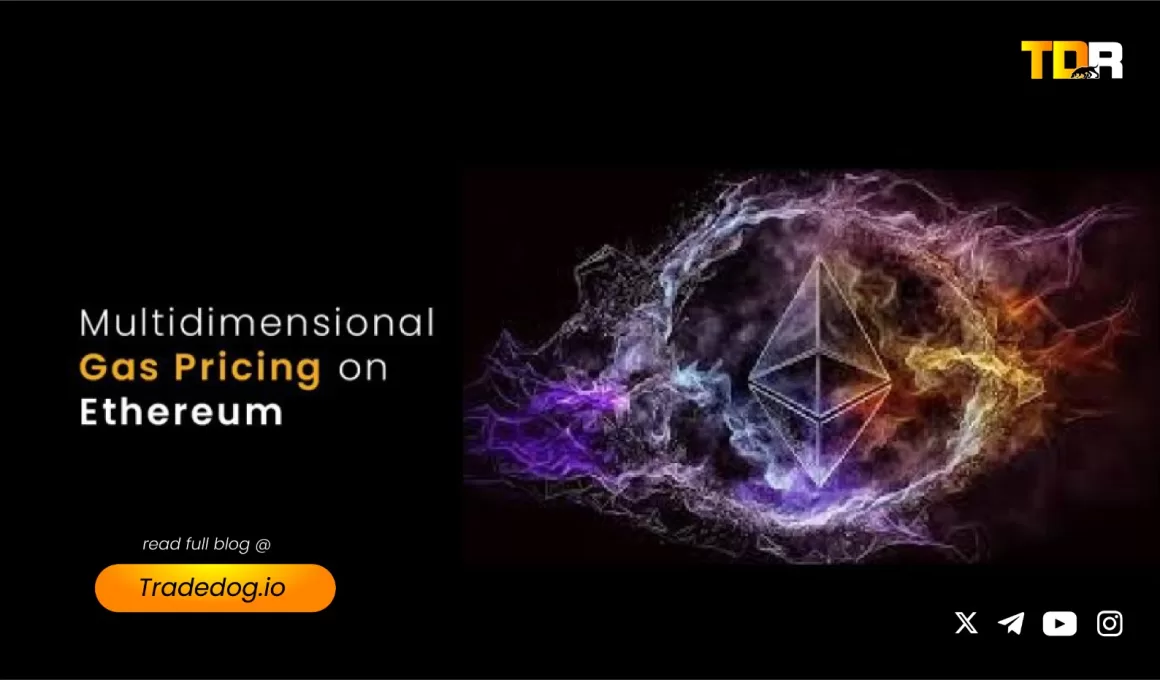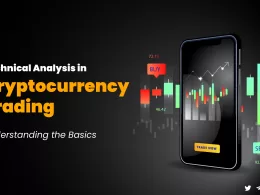Vitalik recently published a paper titled “Multidimensional Gas Pricing”. While it might seem like a fusion of chemistry and blockchain is underway, this isn’t the case.
Technical geeks feel good when they make people awe on their creation by using highly technical words, and this is an example of the same. But no worries, we will break down the concept, and believe me, you’ll be able to explain it to others as you complete this 2-minute read.
So, what is Multidimensional gas pricing?
Imagine a plane with two compartments: one for cargo and the other for passenger seating. This analogy encapsulates the essence of Multidimensional Gas Pricing. Now, let’s apply this concept to Ethereum.
Since the start of this year, the average block size is 150 KB. Now, layer 2 protocols post their rollup data in Ethereum for security; hence, they reserve a dedicated space in each block. This is an expensive affair for Layer 2s as they charge less while having to pay a higher cost for posting calldata onto Ethereum.
Hence, to optimize this, the Dencun upgrade was introduced via EIP-4844. It added a multidimensional gas pricing mechanism to Ethereum, basically different gas costs for the normal Ethereum transactions and Layer-2 transactions that get submitted on Ethereum.
Ethereum blocks get ‘Blobs’ to bring down the L2 cost
All the transactions (L2 + ETH native) settle on Ethereum chain and are charged the same. This approach was inefficient; think of it like paying the same cost of travel for humans and luggage. We reserve our seat in airplanes (ETH native transactions) while our luggage is placed in the Cargo area (Rollup transactions). There is a different cost associated with each, right?
This is the fundamental change that the Dencun upgrade brought: it introduced a separate space of rollup-friendly data, known as “blobs”, into each block. Earlier, Ethereum block had a maximum capacity of 30 million gas, but with Dencun upgrade, it added 6 blobs to each block, which can contain ~125 kB of calldata each.
An Ethereum block now has 2 compartments – one for general Ethereum transactions and the other for storing L2 transactions. The pricing is managed by EIP-1559, and it targets an average usage of 15 million gas and 3 blobs per block. Now, with the addition of blobs, the L2 calldata cost has dramatically reduced. The rollups have now become 100 times cheaper, transaction volume on rollups increased by more than 3 times, and the theoretical maximum block size was only increased slightly: from ~1.9 MB to ~2.6 MB.
Transaction fees on rollups
Are you a Web3 project looking to connect with the industry leaders and learn from them, Apply here for Web3 Acceleration Program: Click Here









